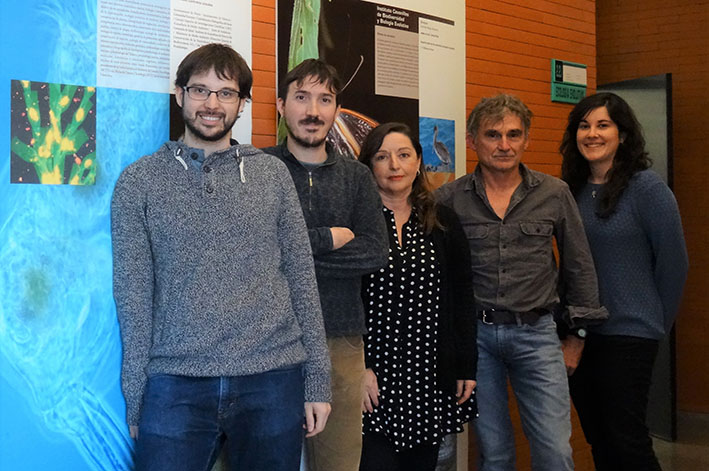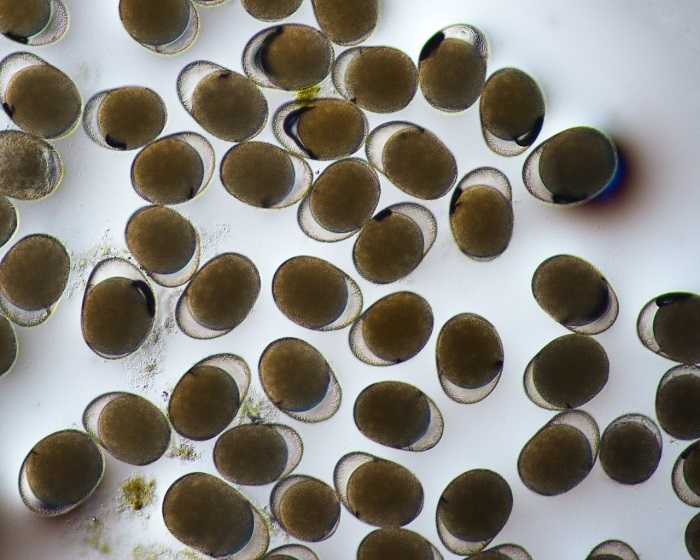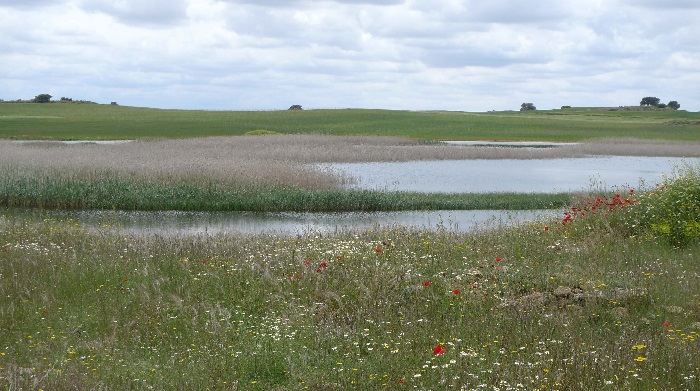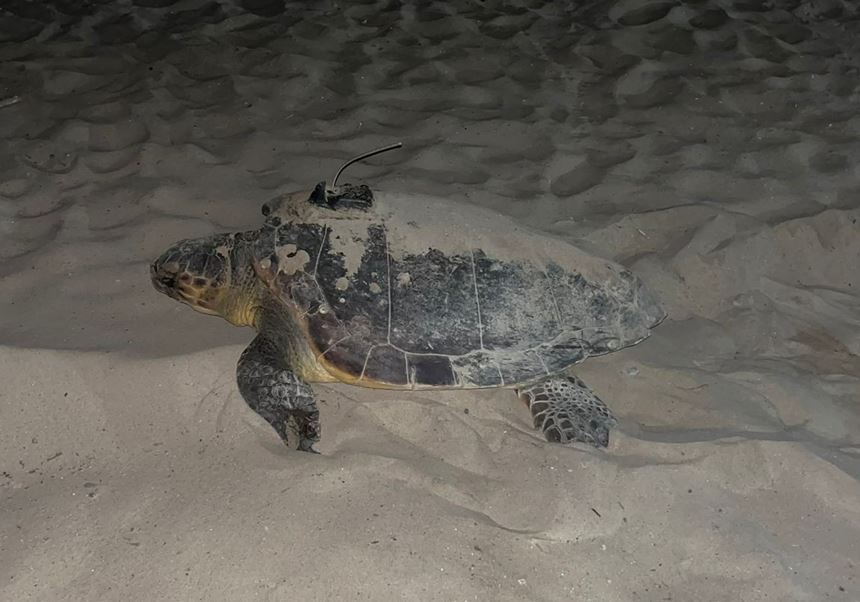Researchers from the Cavanilles Institute of Biodiversity and Evolutionary Biology have found a new mechanism for adaptation to climate change in an invertebrate group.
- Scientific Culture and Innovation Unit
- December 22nd, 2017

A research group from the Cavanilles Institute of Biodiversity and Evolutionary Biology has discovered how rotifers (microscopic aquatic invertebrates) adapt to changes in their own environment: they set earlier their sexual reproduction period. This way they produce resistant eggs that withstand adverse conditions, such as temporal desiccation in the ponds where they inhabit.
This work, published in Proceedings of the Royal Society Biology, explains the adaptation process that this species undertakes under unpredictable environmental consequences. This unforeseeable nature will increase due to climate change.
“We biologists try to predict the effects of climate change on biodiversity. It is very likely that environmental changes will increase in the future. Therefore, the question we try to answer is which populations and species will be prepared to climate change and which ones will not” explains Lluís Franch Gras, one of the researchers. He insists in the fact that the strategies described in the study are an evolutionary response, among other possible choices.
Another researcher, Manuel Serra, explains that this strategy that they call “minimisations of risks” is not appropriate for predictable conditions. Nonetheless, it is a resource that will help rotifers to produce resistant eggs under more unpredictable environmental changes.
In this sense, experts say that if this evolutionary phenomenon did not exist, rotifers would extinguish during the desiccation period in the ponds where they inhabit, as water periods are unpredictable. “Owing to environmental uncertainty, these invertebrates always try to ensure their survival” underlines Eduardo García-Roger. In this context, “the saying a bird in the hand is worth two in the bush becomes valid. This means that they better produce a resistant egg that none of them” explains this researcher from the Cavanilles Institute.
María José Carmona, who is the leading researcher of the project, indicates that this work strengthens the links between Ecology and biological evolution. From a practical perspective, the invertebrates that have been studied in this project are crucial for food chains to remain indemne. Many other species that take part in these food chains, such as aquatic birds, depend on their adaptive success.
Methodology
The research team made up by Lluís Franch Gras, Eduardo García Roger, Manuel Serra and María José Carmona has been able to conduct this research by means of satellite images from the past three decades. In fact, the technique used by the research team to analyse the satellite images and evaluate the degree of environmental unpredictability has been published recently as well (Franch-Graset al., 2017). This data have been complemented with experimental essays in order to resolve a reproductive strategy for rotifers, with whom we can know if this strategy includes a genetic component as it is necessary for natural selection.
In addition, María José Carmona underlines that the research group has proved that rotifer populations can swiftly adapt to new uncertainty rules in accordance with recent experiments carried out by another member of the team, Eva Tarazona (Tarazonaet al., 2017). She argues that long time series of data related to environmental changes, samplings and laborious essays have been necessary verify the empirical evidence of this research.
Bibliography:
Franch-Gras L, García-Roger EM, Serra M, Carmona MJ. 2017 «Adaptation in response to environmental unpredictability». Proc. R. Soc. B 284: 20170427. http://dx.doi.org/10.1098/rspb.2017.0427
Franch-Gras L, Garcia-Roger EM, Franch B, Carmona MJ, Serra M, 2017 «Quantifying unpredictability: A multiple-model approach based on satellite imagery data from Mediterranean ponds». PLOS ONE 12 (11). doi: e0187958
Tarazona E, García-Roger EM, Carmona MJ, 2017 «Experimental evolution of bet hedging in rotifer diapause traits as a response to environmental unpredictability». Oikos 126: 1162–1172. doi:10.1111/oik.04186
File in: Recerca, innovació i transferència , Internacionalització recerca , Publicacions , Grups de recerca , Institut Cavanilles de Biodiversitat i Biologia Evolutiva , Investigació a la UV




















